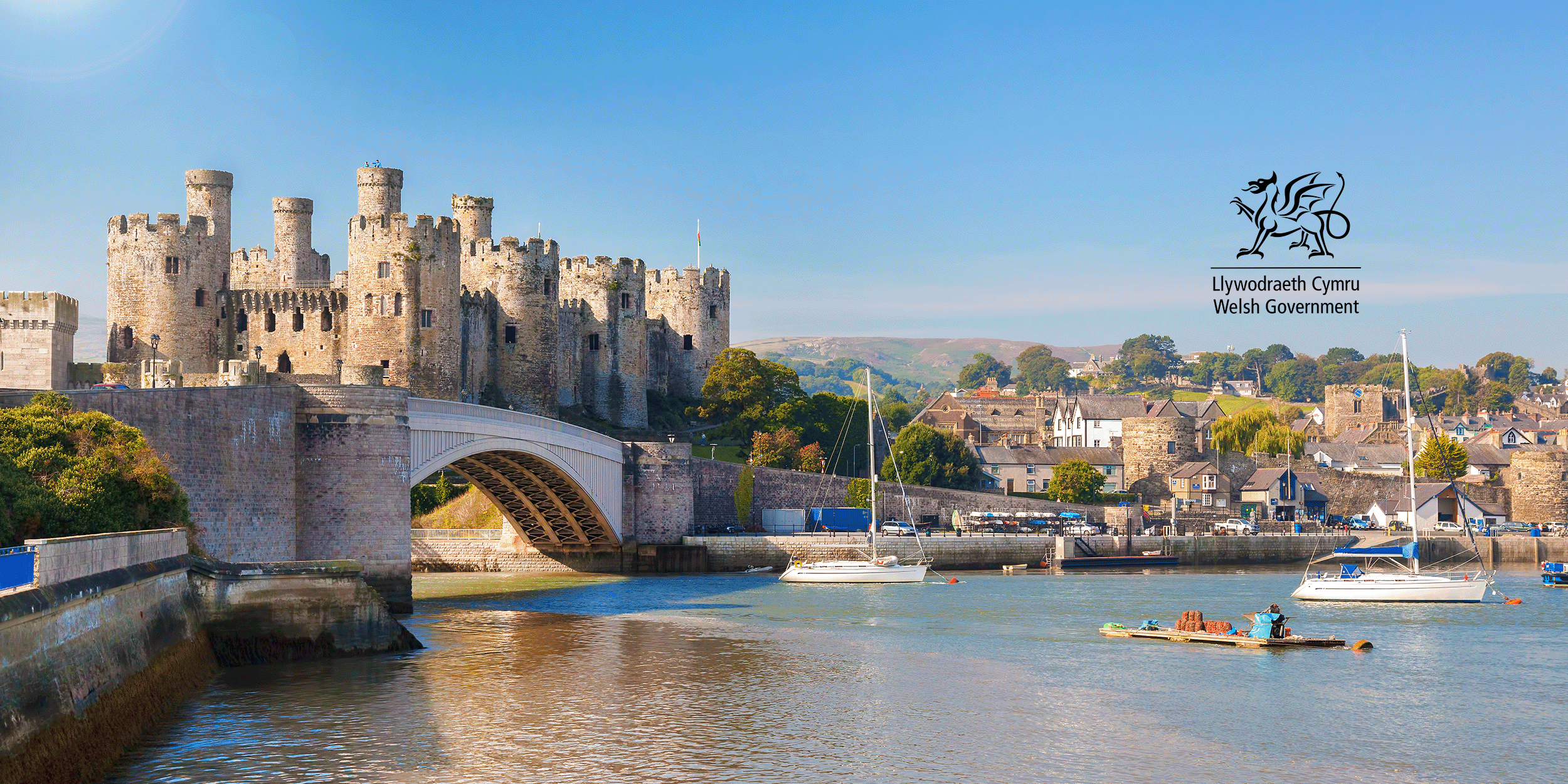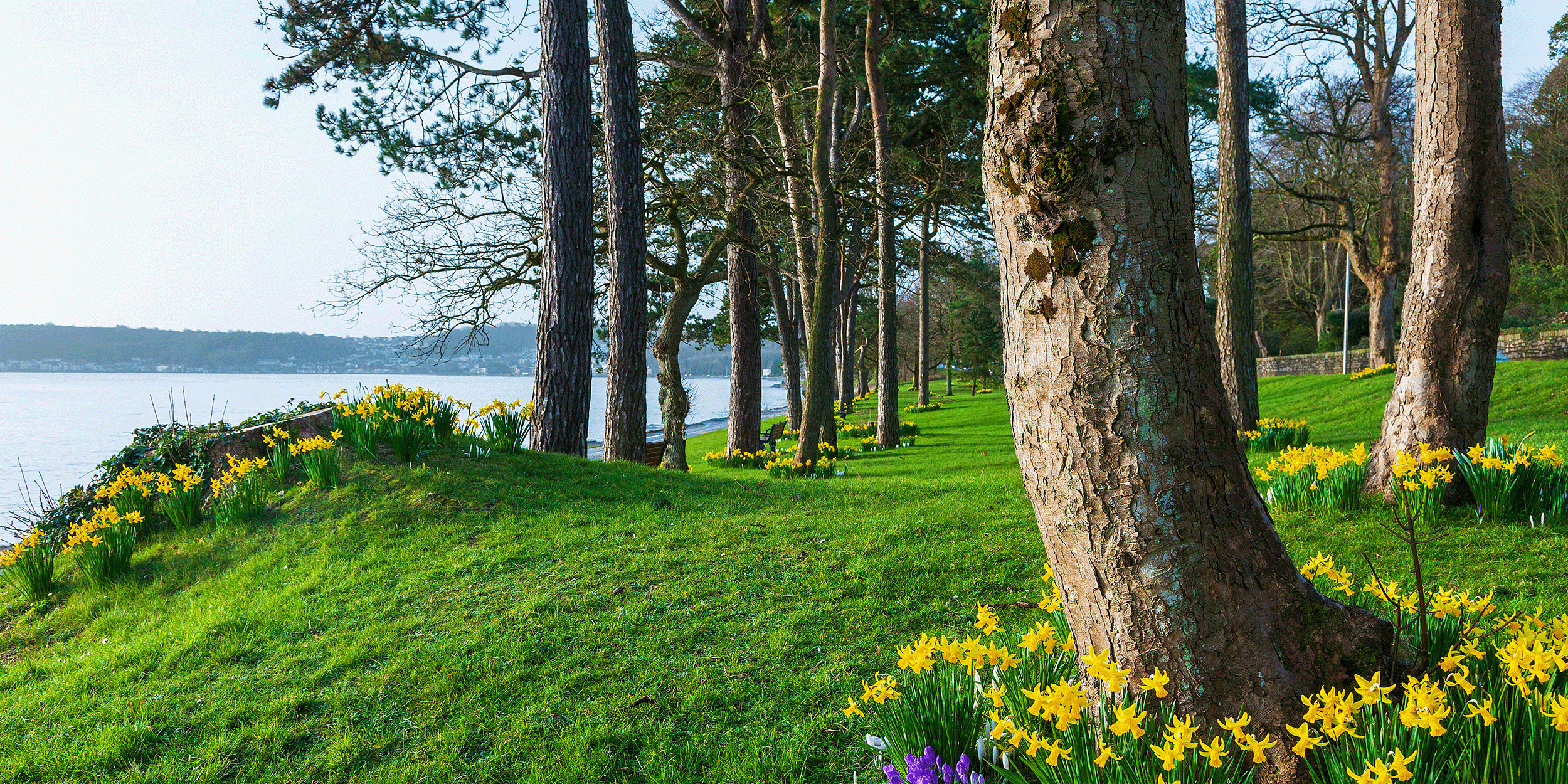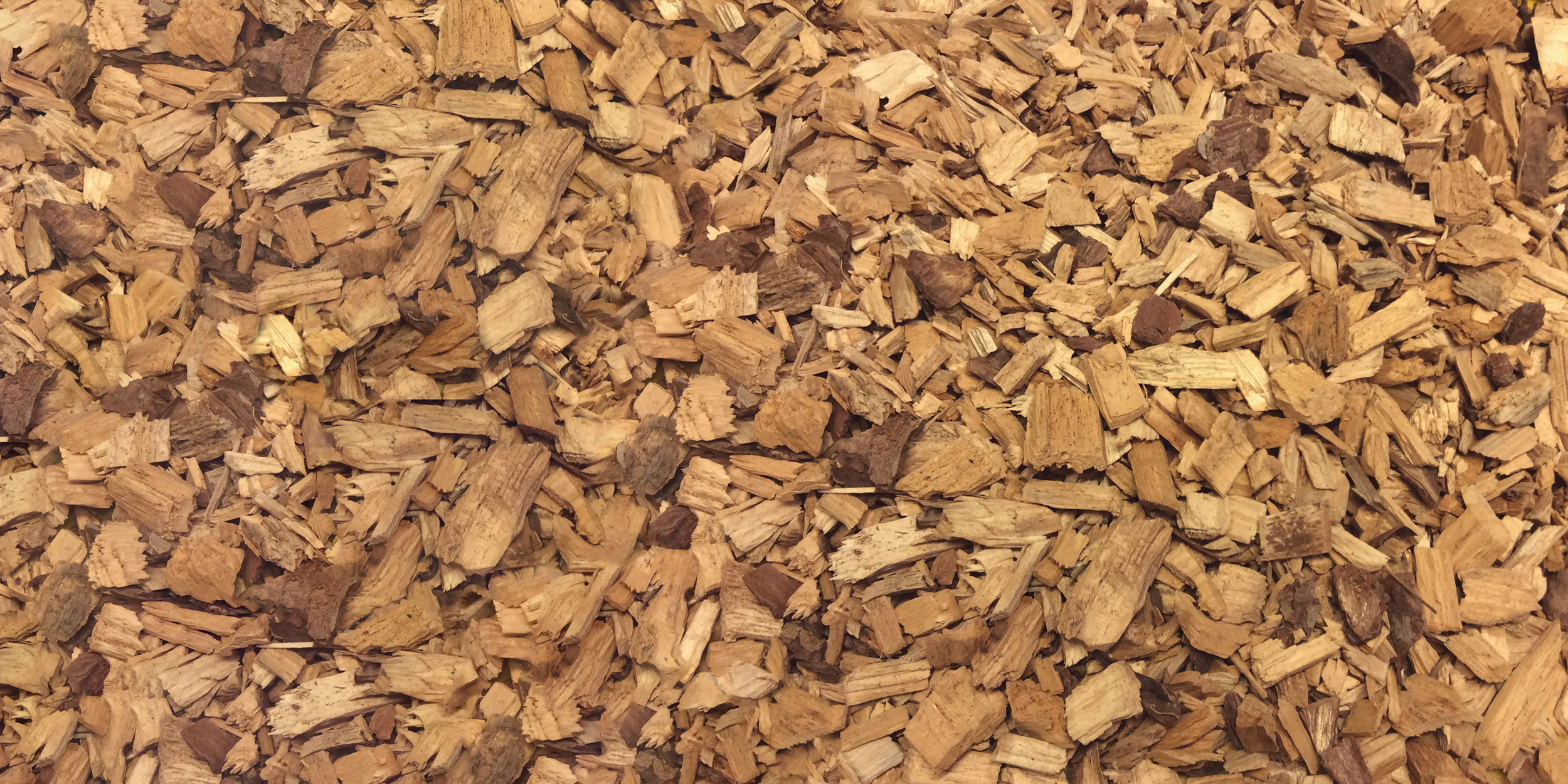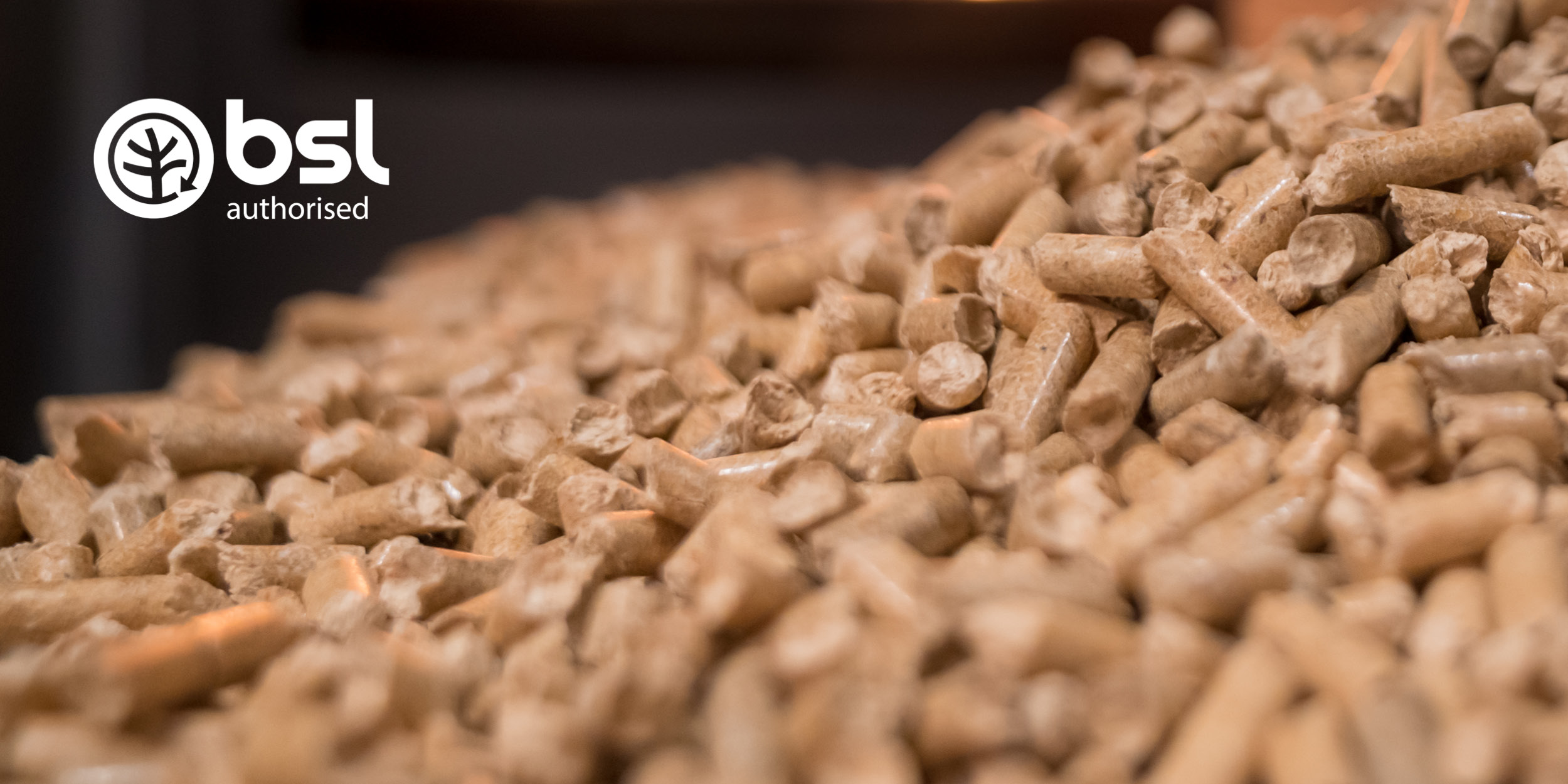Government issues warning: remove storm damaged trees due to Ips typographus threat
12 June 2024
The eight-toothed spruce bark beetle (Ips typographus) has been found in East Anglia following routine plant health surveillance. Government have issued a warning, placing restrictions and prohibitions in a now-extended demarcated area in an effort to prevent the spread of the pest.
Whilst there is no evidence that the eight-toothed spruce bark beetle is actively spreading and the identification likely results from imported materials, government have issued an authorisation requirement for those looking to season spruce they have felled within the demarcated area. Additionally, action is required for those in the forestry industry within the demarcated area, and even those outside the area are asked to remain vigilant and report any sightings.
Recent news
Following reported findings of Ips typographus on Norway spruce in East Anglia, the existing demarcated area will be extended in an effort to prevent the spread of the pest and to assist the Forestry Commission’s eradication efforts. Expansion of the demarcated area comes into force on midday 12 June 2024 and will remain until further notice.
Due to the potential damage Ips typographus can cause to spruce-based forests, government is issuing a warning and have published a revised Notice that will come into force on midday 12 June 2024 until further notice. All storm damaged trees in the demarcated area should be appropriately removed rapidly as Ips typographus thrive on living trees that are weakened, such as those snapped or damaged from a storm. All spruce material – including trees and wood with bark, isolated bark, and wood chip with bark – that is felled or moved must receive prior authorisation from the Forestry Commission, and all processing of spruce material originating from the newly expanded demarcated area must be undertaken at premises that are authorised to receive the material to prevent any susceptible material being left in situ.
Even if your land is not within the demarcated area, it is important to stay vigilant, clear any storm damaged trees, and be aware of how to identify Ips typographus presence.
Actions you should take
Government guidance found in the revised Notice (2024) that comes into effect midday 12 June 2024 deems the following material originating within the demarcated area as relevant susceptible material:
“ (i) any wood of the genius Picea A. Dietr., other than in the form of wood packaging material or dunnage, which –
(a) retains all or part of its bark; or
(b) is in the form of chips, waste wood, logs, billets, twigs, faggots or is in other similar forms;
(ii) any isolated bark of the genus Picea A. Dietr.;
(iii) any trees of the genus Picea A. Dietr., over three metres in height including felled or fallen trees, other than fruit, seeds, leaves or foliage.”
If you are within the demarcated area you must take care when handling any form of this susceptible material. As per the revised Notice, if you are in the demarcated area, you must not:
- Fell any susceptible material without prior notification to the Forestry Commission.
- Kill any trees of the genus Picea Dietr. (either by ring-barking, chemical injection or application, mechanical means, biological control, or arboricultural intervention) over three metres tall without prior notification to the Forestry Commission.
- Leave any susceptible material that has arisen from felling in situ without prior authorisation.
- Move any susceptible material (out of or within the demarcated area) without prior authorisation.
If you have any weakened trees, such as those damaged by storms, they must be removed, preferably by chipping or burning. If this is not possible, the damaged trees can be sawn, put into a pile, and covered with a tarpaulin. This tarpaulin must have the edges tucked in and be considerably weighed down to ensure the rotting process can occur more quickly. Damaged trees require authorisation to be removed and transported; email [email protected] for further information and to request a movement authorisation inspection.
Even if you are not within the newly expanded demarcated area, you should stay vigilant for signs of Ips typographus, ensuring any damaged or weakened trees are appropriately removed. The Ips typographus enter flight season as temperatures rise and will be exiting hibernation, seeking recently felled spruce trees.
What is Ips typographus?
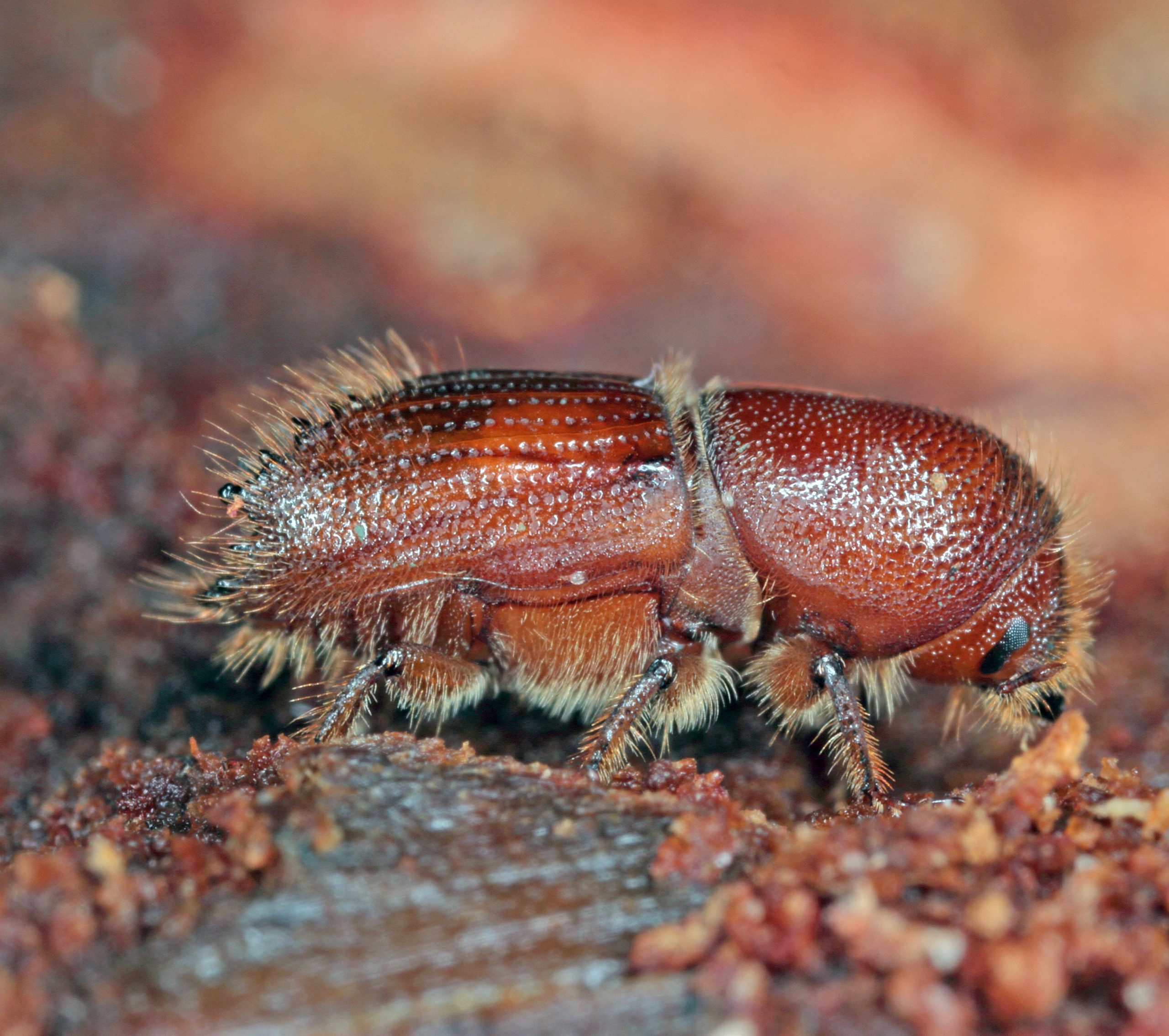
Also known as the eight-toothed spruce bark beetle or the European spruce bark beetle, the Ips typographus is a species of beetle considered a pest due to the destruction they can cause to trees of the species Picea (spruce trees). An adult beetle is approximately 5mm and they hibernate through winter, entering flight season when the temperatures rise in spring.
Also known as the eight-toothed spruce bark beetle or the European spruce bark beetle, the Ips typographus is a species of beetle considered a pest due to the destruction they can cause to trees of the species Picea (spruce trees). An adult beetle is approximately 5mm and they hibernate through winter, entering flight season when the temperatures rise in spring.
The species was first identified in the UK in 2018 and has been a serious pest of spruce trees since its sighting, causing considerable damage to weakened, damaged, and dying trees. Due to this, the Ips typographus is considered a secondary pest. However, care must be taken to eradicate this non-native, invasive species as, under the right conditions, it can repopulate enough to cause serious damage to healthy trees. This has wide-reaching impacts on the UK’s forests, causing devastating impacts to woodlands and the businesses that rely on them.
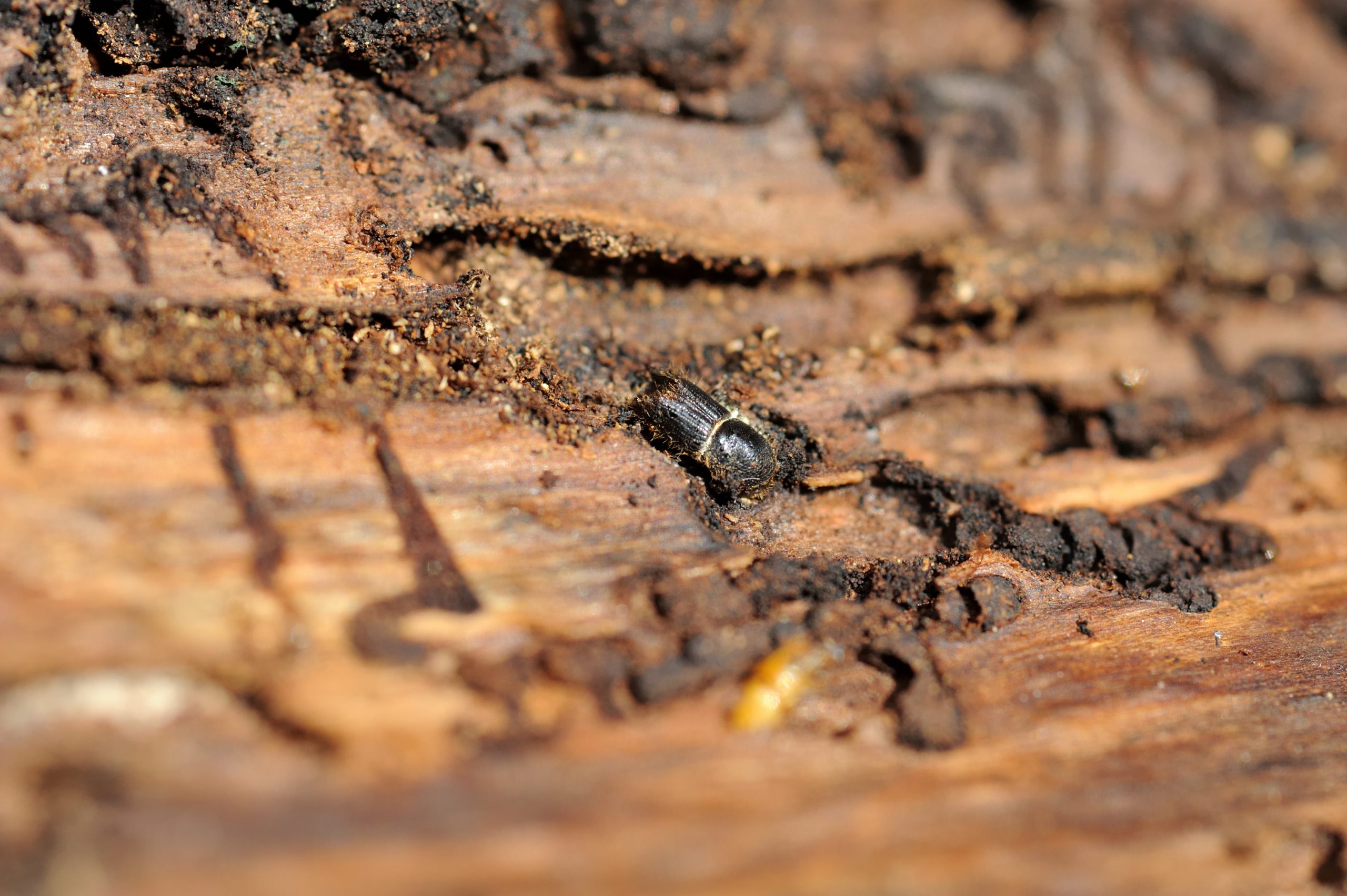
Ips typographus attacks can be identified on spruce trees through browned or discoloured crowns and entrance holes below the crown base that can be seen on the surface of the bark. When examining a tree that has been attacked by Ips typographus, their signature pattern (resembling typography, which informs the etymology of their name) can be seen. This is created when a mother beetle’s eggs have hatched and her larvae have eaten outwards, devouring the phloem of the tree.
Ips typographus attacks can be identified on spruce trees through browned or discoloured crowns and entrance holes below the crown base that can be seen on the surface of the bark. When examining a tree that has been attacked by Ips typographus, their signature pattern (resembling typography, which informs the etymology of their name) can be seen. This is created when a mother beetle’s eggs have hatched and her larvae have eaten outwards, devouring the phloem of the tree.
Remain vigilant
Employing preventative measures and reporting any sightings will prevent the spread of Ips typographus and the possibility of further outbreaks. As a quality wood fuel supplier, protecting the UK’s biosecurity is essential. Preventing pests such as Ips typographus from spreading and devastating the UK’s spruce forests ensures the forestry industries are safe. Even if you are outside of the newly expanded demarcated zone, continuing to be vigilant and following government guidelines of how to prevent, spot, and report Ips typographus is important. Preventing the spread ensures the species do not excessively breed and gain the ability to overwhelm healthier trees or infest other species of spruce, such as Sitka.
The Forestry Commission is encouraging landowners in the South East of England to act proactively, removing spruce and replanting non-susceptible species to discourage spread. It is recommended that spruce continue to be walked. Any fallen, damaged, weakened, or snapped trees should be appropriately removed and destroyed where possible.
Biosecurity helps prevent the introduction and spread of pests such as Ips typographus. Visit the government website for guidance on how to prevent the spread of non-native pests in the UK. Imported wood and the processes surrounding its production and transportation (such as machinery, packaging, and vehicles) significantly increase the chance that non-native pests will be introduced to the UK, with the number of species increasing over the last two decades. The Forestry Commission have a range of online courses available to help you improve your knowledge and awareness of biosecurity, helping prevent the spread and introduction of pests to the UK’s forests.
Useful links
- Eight-toothed spruce bark beetle (Ips typographus) guidance (GOV.UK)
- New action to protect against impacts of bark beetle tree pest (GOV.UK)
- Revised Notice (2024) (GOV.UK)
- Eight-toothed spruce bark beetle (Ips typographus) (Northern Ireland Department of Agriculture, Environment and Rural Affairs)
- Forestry Commission biosecurity learning courses (Forestry Commission)
- How biosecurity can prevent the introduction and spread of tree pests and diseases (GOV.UK)
- A guide for landowners and managers – eight-toothed spruce bark beetle (Ips typographus) (Forestry Commission)
Keep up to date on the latest Woodsure updates through our news pages or follow us on social.
